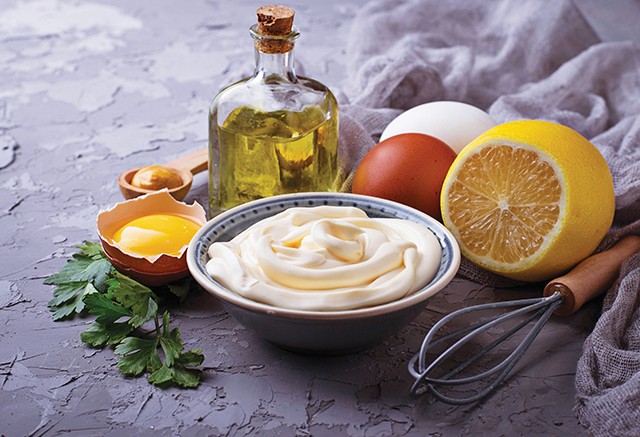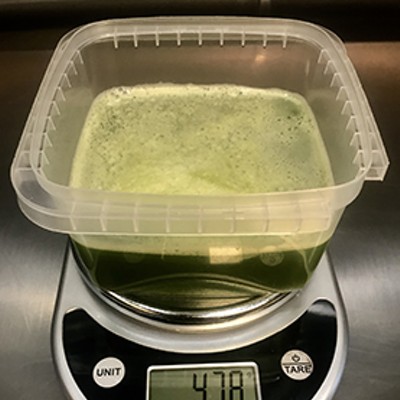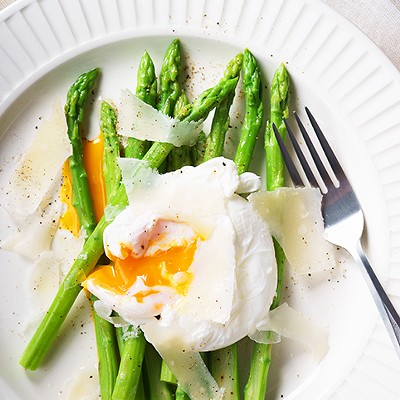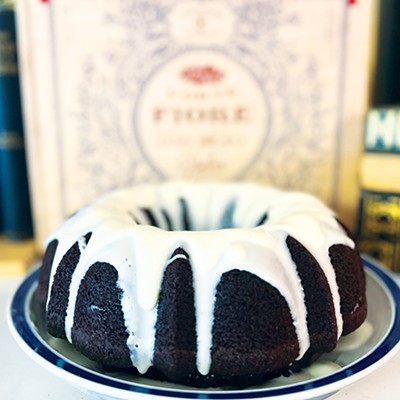Increasingly, we seem to live in a world divided. Folks seem to fall firmly on one side of the proverbial fence or the other: conservatives versus liberals, paleo diet versus plant-based diet, Cubs versus Cardinals and so on. We are a society of strong opinions. Apparently, this binary attitude even extends to condiments.
Not long ago I was at an event when a server glided by with a tray of crab cakes topped with lemon aioli. As I hungrily accepted the proffered canapés, my friend who was attending the event with me declined. When the server had moved on, my companion remarked, “I would have had some if they weren’t covered in mayonnaise. I can barely look at the stuff without retching.”
As I enjoyed my crab cake, I mused that she is not alone in her hatred of this classic condiment. Jimmy Fallon is famously disgusted by it, Barack Obama eschews it and, according to an article published last October in Popular Science, approximately 20 percent of Americans can’t stand the stuff.
I, for better or worse, adore a good mayonnaise, especially when it’s been spiked with strong flavors like garlic, herbs, truffle oil or chili. From my perspective, what’s the point of a French fry if not to serve as a vehicle for rich, creamy aioli?
While many folks say they’re put off by the texture of mayonnaise, others avoid it because of health concerns. An emulsification of egg and oil, it is definitively rich in calories, and many store-bought varieties also contain sugar and a laundry list of additives and preservatives. Frustratingly, many of the so-called “heart healthy” types of prepared mayonnaise contain more sugar and noxious preservatives than the basic types, so it’s easy to be fooled into thinking they’re a better choice.
Mayonnaise is certainly not a low calorie food, as it is almost entirely made from fat. That fat though, when derived from good quality oils (such as avocado and olive oils) and free-range eggs, is mostly unsaturated and an excellent source of B and E vitamins and omega-3 fatty acids. To be sure, eating large quantities of mayonnaise is probably bad for you. However, consuming it in moderation can be part of a well-balanced diet for most folks.
I’ve been eating and making homemade mayonnaise with raw, fresh eggs for years. Anecdotally, I’ve always felt that eggs from free-range chickens raised by a small local farmer and not confined to a filthy and disease-ridden facility (like those used in large-scale poultry operations) are less likely to be a source of contamination. I have no evidence to back this up, and admittedly, salmonella is a risk (albeit a relatively low one) when eating anything prepared with raw eggs. If you’re preparing food for someone with a compromised immune system or simply want to play it safe, you can purchase pasteurized eggs at most grocery stores. These eggs are heat-treated to destroy bacteria like salmonella and are generally considered safe to consume raw or undercooked.
I’ll be making homemade mayonnaise regularly as spring and summer produce begins to come to the table. Bright, sunny lemon-chive mayonnaise is a perfect garnish for grilled asparagus or some fried morel mushrooms if you are lucky enough to find them. Grilled vegetables, especially spring onions and sweet potatoes, pair especially well with mayonnaise that’s been livened up with lime juice and Sambal Olek (a spicy chili paste available at most Asian grocery stores). One of my favorite preparations is a mixture of garlicky mayonnaise and homemade chili sauce, something my great-grandmother used to serve alongside every platter of garden tomatoes.
Mayonnaise is also my secret ingredient to the best oven-baked fish or chicken. Simply toss boneless skinless chicken thighs in a couple of tablespoons of seasoned mayo (just enough to lightly coat), then toss the mayo-coated chicken in a mixture of grated Parmesan and breadcrumbs. Bake at 425 degrees for about 20-25 minutes until golden brown. When making baked fish, which is more delicate than chicken, arrange the fillets on a parchment-lined sheet, spread with a thin layer of mayo (lemon-herb mayo is especially good here), then generously sprinkle seasoned bread crumbs on top, and bake for 8-12 minutes, depending on the size of the fillets.
Basic mayonnaise
• 1 locally raised, free-range or pasteurized egg
• juice of ½ lemon
• ½ teaspoon salt
• 1 heaping teaspoon Dijon mustard
• a pinch of sugar (optional)
• 1 1/4 cups vegetable oil (I like to use a combination of olive and canola oils.)
Combine the egg, lemon juice, salt and mustard in a mixing bowl if whisking by hand, or in a wide-mouth quart jar or blender cup if using an immersion blender. Whisk vigorously with a hand whisk or blend with the emulsion blender to combine. Whisking vigorously or with the blender running, slowly begin to add the oil one drop at a time. After you’ve added ½ cup of the oil, the mixture should begin to thicken and you can then add the second half of the oil a bit more quickly, while still blending or whisking vigorously. Store in a tightly-sealed jar in the refrigerator; homemade mayonnaise keeps for about 10 days. Makes about 1½ cups.
Variations:
• Aioli: blend 1-2 cloves minced garlic with the egg, proceed with recipe.
• Lemon Herb: blend zest of one lemon and 1 tablespoon of finely chopped herbs like tarragon, chives or parsley with the egg and proceed with recipe.
• Ground Hot Pepper Mayonnaise: omit lemon juice and mustard in recipe and blend in 2 tablespoons (or more depending on taste) chopped pickled jalapeno slices, 1 tablespoon of the jalapeno pickling liquid, ¼ cup chopped green onions and one tablespoon sugar with the egg, then proceed with recipe (make sure ingredients are finely chopped if whisking by hand).
Contact Ashley Meyer at [email protected].
Aioli or eughhh?
A passion for mayonnaise
[
{
"name": "Air - MedRect Combo - Inline Content 1",
"component": "11490391",
"insertPoint": "3",
"requiredCountToDisplay": "1",
"parentWrapperClass": "fdn-ads-inline-content-block"
},{
"name": "Air - MedRect Combo - Inline Content 2",
"component": "11490392",
"insertPoint": "7",
"requiredCountToDisplay": "5",
"parentWrapperClass": "fdn-ads-inline-content-block"
},{
"name": "Air - MedRect Combo - Inline Content 3",
"component": "11490393",
"insertPoint": "12",
"requiredCountToDisplay": "9",
"parentWrapperClass": "fdn-ads-inline-content-block"
}
]
Illinois Times has provided readers with independent journalism for almost 50 years, from news and politics to arts and culture.
Your support will help cover the costs of editorial content published each week. Without local news organizations, we would be less informed about the issues that affect our community..
Got something to say?
Send a letter to the editor and we'll publish your feedback in print!





















